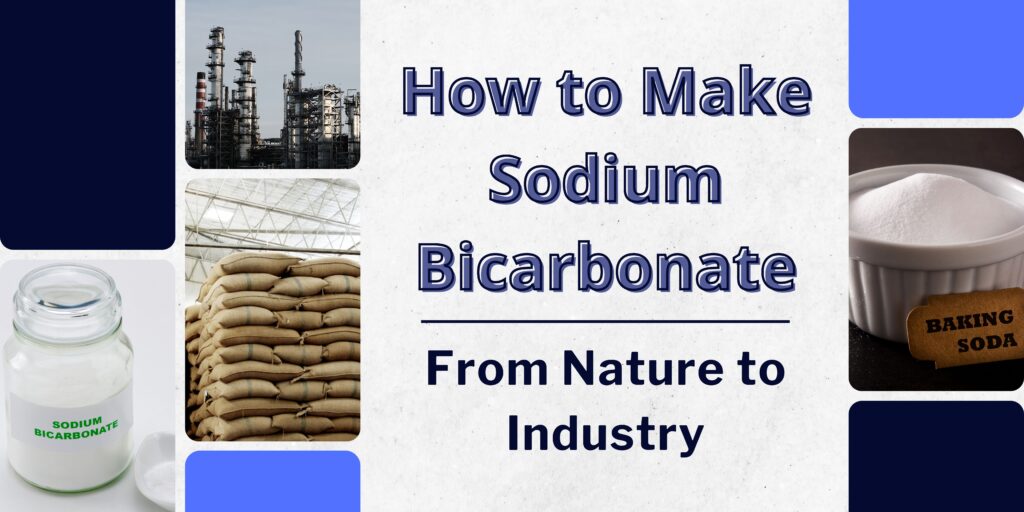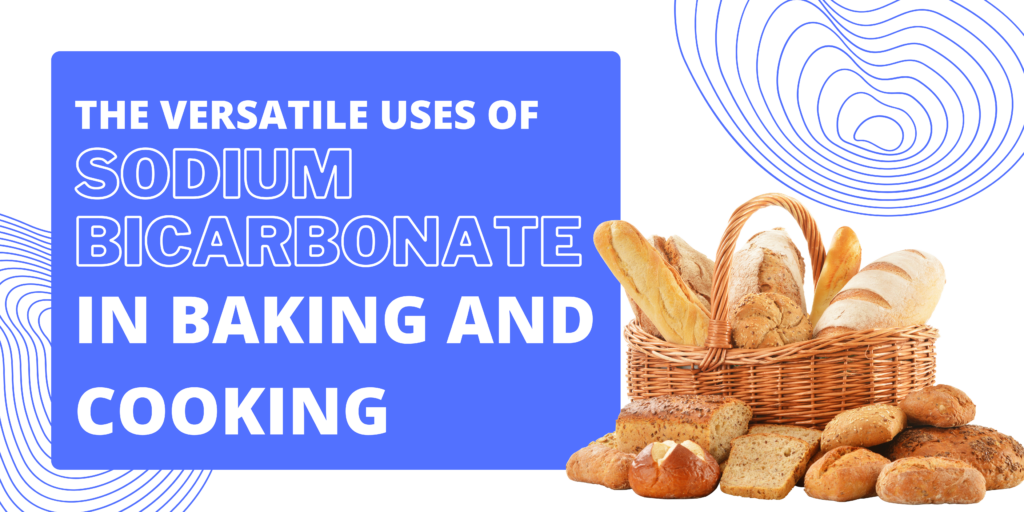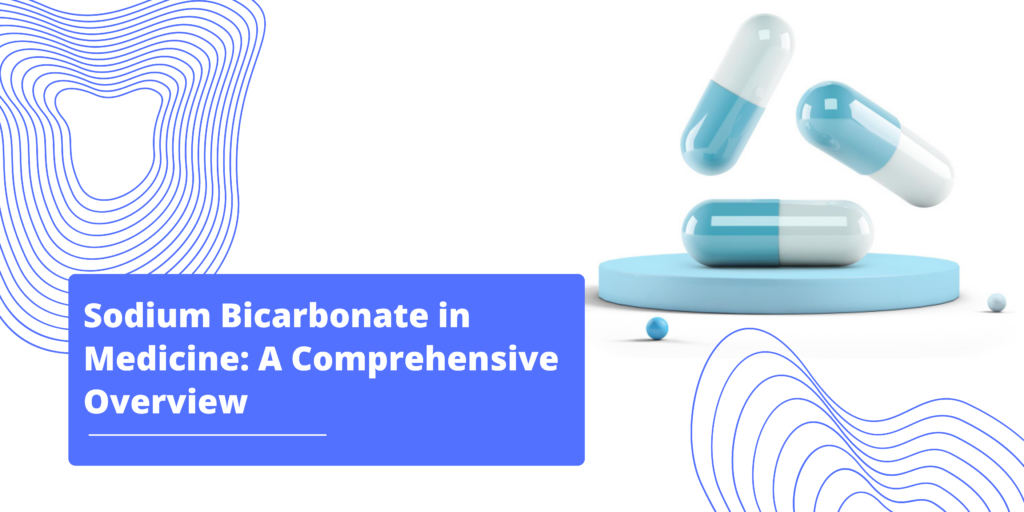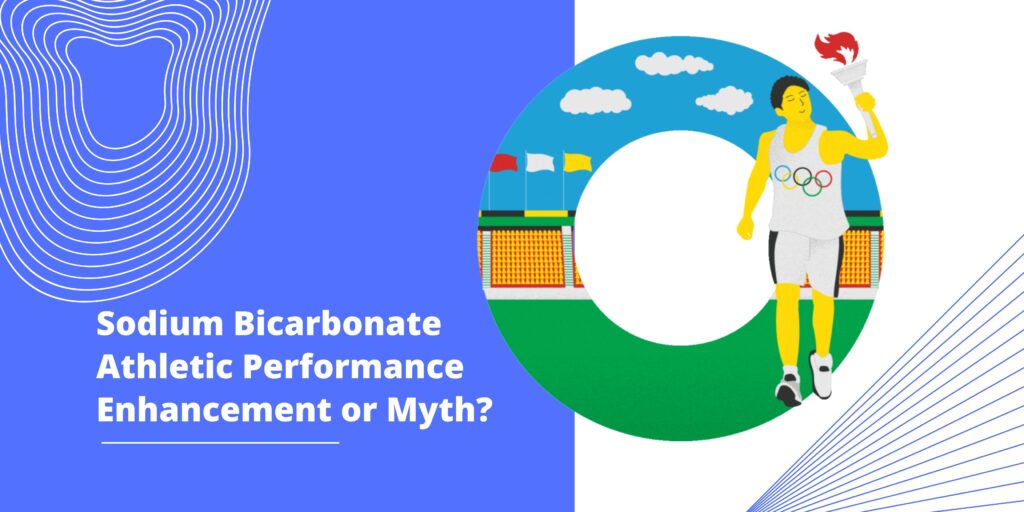
The chemical compound sodium bicarbonate, usually referred to as baking soda, is flexible and essential and is used in a wide range of commercial and household applications. It is produced via a fascinating chemical process that begins with naturally occurring raw materials and results in a high-quality, widely-used product. In this article, we’ll look at the process from nature to industry that produces sodium bicarbonate.
Sourcing Raw Materials
Soda ash (sodium carbonate) and carbon dioxide are the main raw materials used to make sodium bicarbonate. A naturally occurring mineral called soda ash can be extracted from deposits of sodium-rich minerals or from subterranean trona ore deposits. The Solvay method, which includes combining limestone (calcium carbonate), salt (sodium chloride), and ammonia (NH3) to create sodium bicarbonate and ammonium chloride, may also be used to chemically synthesize it. Usually produced by industrial operations, carbon dioxide may also be extracted from the atmosphere.
Solvay Process
As was previously noted, soda ash, one of the essential raw materials for sodium bicarbonate, may be produced using the Solvay method. In this procedure, saturated sodium chloride brine is mixed with ammonia and carbon dioxide to produce sodium bicarbonate as a precipitate. The following stage in the production of sodium bicarbonate involves calcining this precipitate to create soda ash, which is subsequently utilized.
Baking Soda Precipitation
Precipitation is used as the main production procedure for sodium bicarbonate. To make a saturated solution, soda ash (sodium carbonate) is dissolved in water. The solution is then added with carbon dioxide, which triggers a chemical reaction:
Na2CO3 + CO2 + H2O → 2 NaHCO3
Due to their low solubility, the crystals of sodium bicarbonate produced by this reaction precipitate out of the solution. Filtration or centrifugation is used to remove the sodium bicarbonate crystals from the solution.
Purification
For many industrial and food-grade applications, the crystals of sodium bicarbonate that have been isolated are frequently not pure enough. Purification procedures are thus used to get rid of any contaminants. To achieve the appropriate level of purity, this purification procedure may involve washing the crystals in water, recrystallization, or putting them through a number of screens or filters.
Drying
The wet sodium bicarbonate crystals are dried after purification to lower moisture content and lengthen shelf life. As heated air is circulated through the crystals to remove moisture until the appropriate moisture content is reached, evaporation and heat are often used to accomplish this.
Particle Size Control
Precise particle size management is crucial for various applications, including medications and some food items. To produce the appropriate particle size distribution, further processing processes, such as milling or grinding, may be used.Packaging and Distribution
The sodium bicarbonate is then packaged in a variety of shapes and sizes, from tiny consumer containers to huge industrial sacks. After that, the item is prepared for distribution and usage in a variety of fields, including baking, medicines, healthcare, healthcare applications, agriculture, and environmental applications.
Conclusion
It is rare to see chemical methods and natural resources combined to produce sodium bicarbonate. The production of this versatile compound, which is utilized in many areas of modern life, depends on each stage in the process, including the acquisition of raw materials like soda ash and carbon dioxide as well as the precipitation, purification, and drying methods. Whether it is used in baking, personal care products, or industrial processes, sodium bicarbonate remains a vital and required part of our everyday lives.




